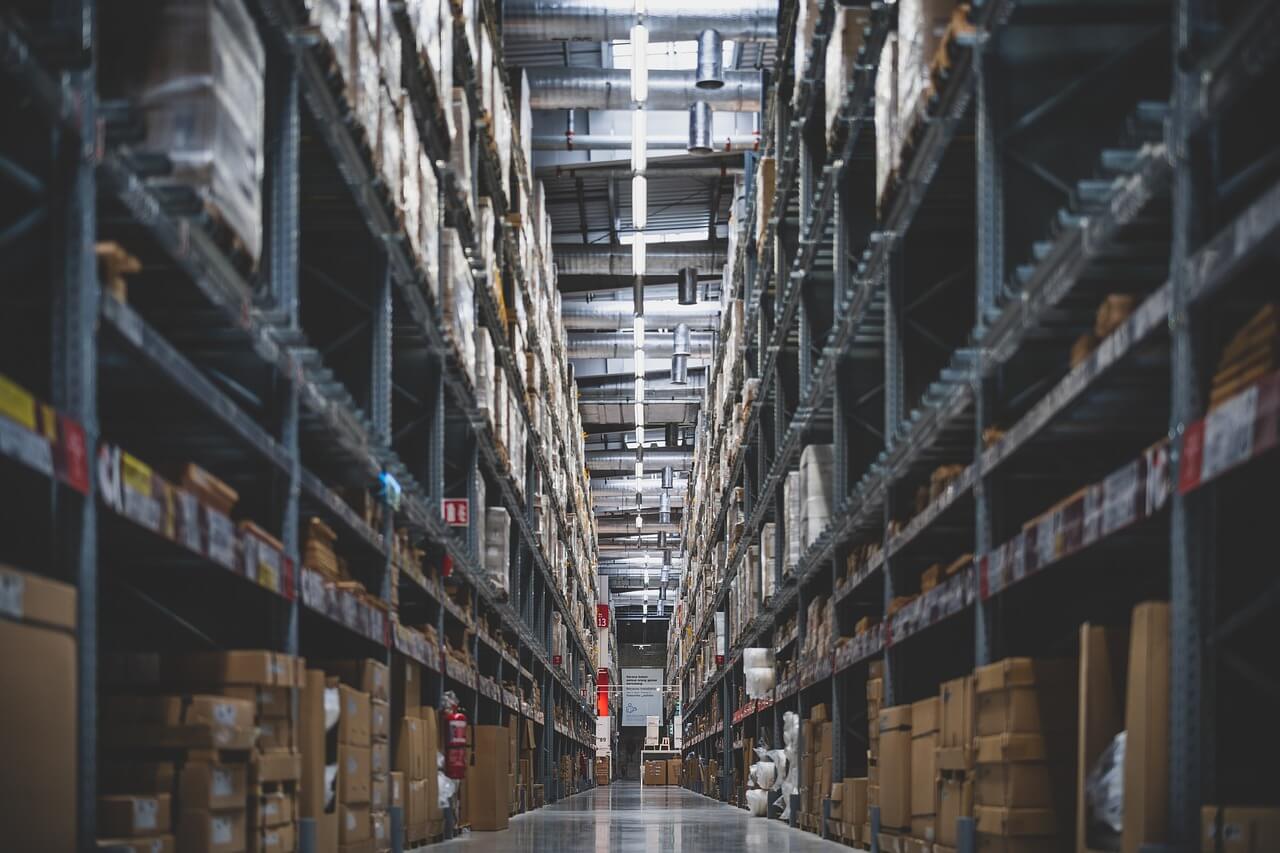Tariffs shape how goods are priced and traded across borders – but what are these tariffs, exactly? From definitions to calculations and examples, wrapping your head around import taxes is useful when running a small business or small business funding options. Whether it’s a one-off import tariff or part of a global supply chain, tariffs can influence a whole host of business operations, including costs, logistics, and long-term planning.
In this guide, we’ll cover the following:
- Tariff meaning
- What is a tariff tax on?
- How do tariffs work?
- Types of tariffs
- What is a tariff code?
- Tariff example
- What are the advantages and disadvantages of tariffs?
- How to calculate tariffs
- Tariffs vs Tax
- How Dojo can help
- FAQs
Tariff definition
A tariff is a tax that a government places on goods imported from other countries. It’s a way to manage the flow of international trade and, in some cases, protect local industries by making imported products more expensive. Tariffs are usually applied at the border and can affect a wide range of goods – from raw materials to everyday consumer products.
What is a tariff tax on?
A tariff is a tax on goods and services coming into a country from abroad. These can include:
- Manufactured products
- Agricultural goods
- Raw materials
- Luxury items
- Specific services
What’s taxed and how much depends on a country’s trade policies, economic priorities, and international agreements. In some cases, UK trade tariffs are used to protect local industries. In others, they’re part of broader negotiations between trading partners.
How do tariffs work?
Trading tariffs function as an import tax. When a business or individual brings goods into a country, they usually have to pay a tariff to the government based on the type and value of the items. This cost often gets passed down the chain, meaning consumers may end up paying more for imported products compared to locally made ones.
Governments introduce trade tariffs to
- give local industries a better chance by making imported goods less competitive
- bring in extra revenue through import tariffs
- help balance trade when a country is importing more than it exports
- steer consumer behaviour and encourage people to buy home-grown products instead.
Types of tariffs
Ad valorem tariffs
These are percentage-based tariffs that change depending on the value of the goods being imported. So, if there’s a 10% tariff on a product worth £100, the tariff would be £10.
The more valuable the item, the higher the tariff. This type is common because it scales automatically with the price of the goods.
Specific tariffs
These are fixed charges applied to each unit of a product – no matter how much the item is worth. For example, if there’s a £5 UK trade tariff on every kilogram of imported cheese, that charge stays the same whether the cheese is basic or high-end. It’s all about the quantity, not the price.
What is a tariff code?
UK tariff codes, also known as Harmonised System (HS) codes, are standardised numbers used to classify goods being traded across borders. Customs authorities around the world use these codes to identify products, apply the right tariffs, and track trade data.
Each United Kingdom tariff code starts with six digits, but many countries add extra numbers to get more specific, depending on the product.
Tariff example
Here’s a simple example of how a UK trade tariff works in practice.
Let’s say the UK sets a 20% ad valorem tariff on imported bicycles. A French manufacturer exports a bike worth £500 to the UK. When it arrives, the importer has to pay a £100 tariff – that’s 20% of the bike’s value – to UK customs.
This extra cost could be absorbed by the importer, passed on to the customer, or split between the two. Either way, it raises the overall price, which might make the imported bike less competitive than one made in the UK.
What are the advantages and disadvantages of tariffs?
Advantages of import tariffs
- Help protect domestic industries from cheaper foreign competition
- Generate extra revenue for the government
- Can be used to reduce trade imbalances
- Encourage local buying and support for home-grown businesses
Disadvantages of tariffs
- Often leads to higher prices for consumers
- Reduce competition, which can slow down innovation and efficiency
- Increase the risk of trade disputes or retaliatory tariffs
- Limit the variety of imported products available in the market
How to calculate trade tariffs
- Find the tariff code for the product: Use the UK Global Tariff or HMRC’s Trade Tariff tool to identify the correct commodity code. This code determines the duty rate applied to the item.
- Check the duty rate: Once you’ve got the tariff code, you can look up the current rate – either as a percentage or a fixed amount per unit.
- Work out the customs value: This includes the cost of the goods, plus shipping, insurance, and any additional charges needed to get them to the UK border.
- Apply the tariff rate: Multiply the customs value by the tariff rate (if it’s a percentage) or by the number of units (if it’s a specific tariff).
- Use the UK import tariff calculator to double-check: HMRC provides an online UK import tariff calculator, which helps confirm the exact duty amount based on your product details and country of origin and aligns with key accounting dates.
Tariffs vs Tax
Trade tariffs are technically a type of tax, but they serve a very different purpose from the ones people usually think of, like income tax or VAT. Understanding the difference helps clarify why tariffs matter in global trade and how they show up in areas like accounting and business planning.
Unlike general taxes, which apply to a broad range of activities within a country, trading tariffs are only applied to imported goods. They're often used as a tool to shape trade policy, not just to raise money, but to influence what comes into the country and how competitive local products are.
Where general taxes impact the domestic economy more broadly, trade tariffs have a more targeted effect, especially on international trade and the industries tied to it.
How Dojo can help
Now you know just what these tariffs are all about, it’s time to upgrade your payments. Whether it’s managing imports or growing a business closer to home, having the right tools in place can make all the difference.
Our payment suite is designed to help businesses stay in control of their finances – even when costs fluctuate.
When trading tariffs add complexity, having streamlined payment processes can free up time, reduce admin, and help businesses focus on what matters most – running and growing with confidence. Accept card payments with our card machines for seamless operations, and check out our blog for advice on all things business.



